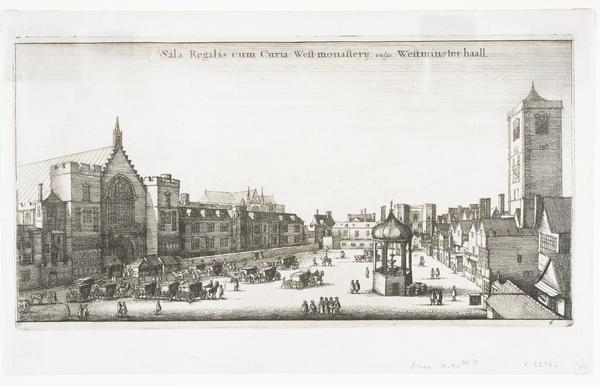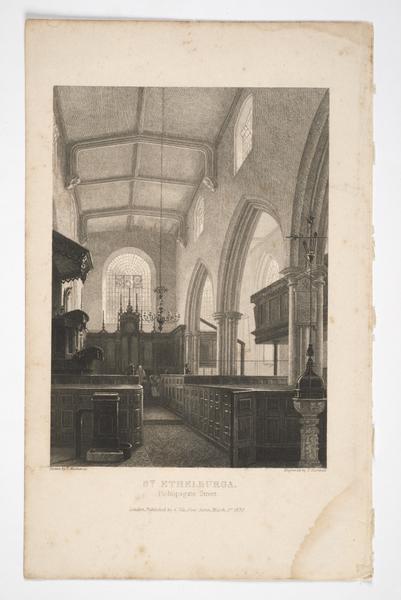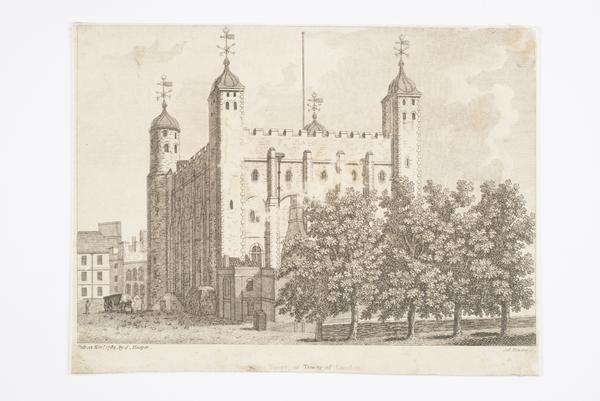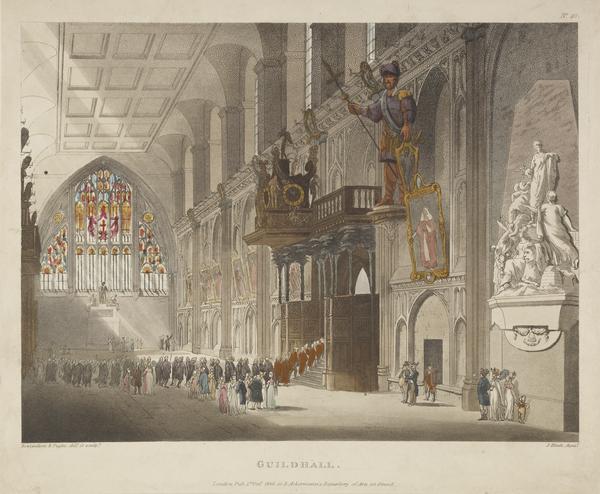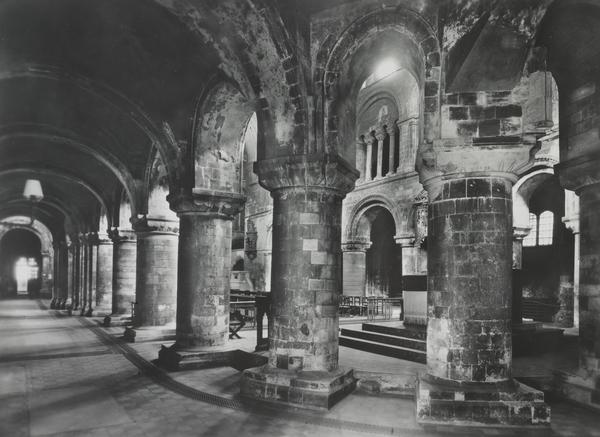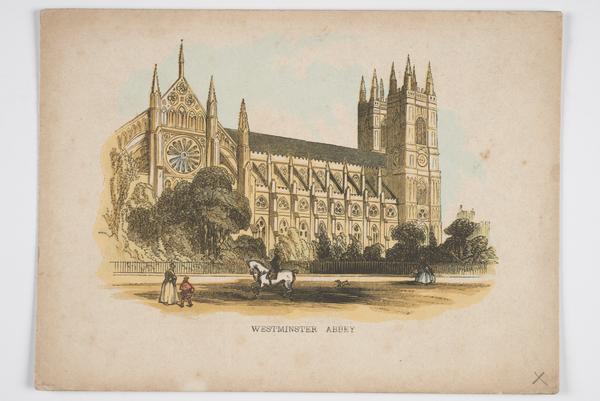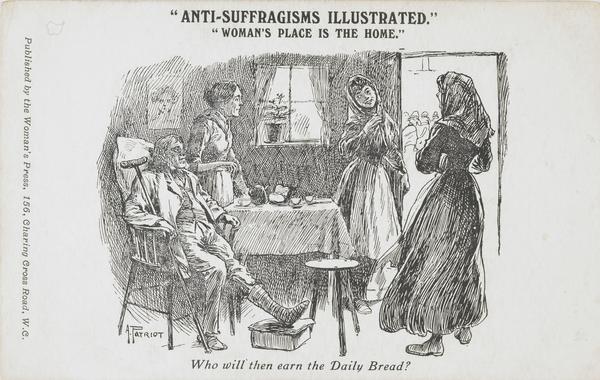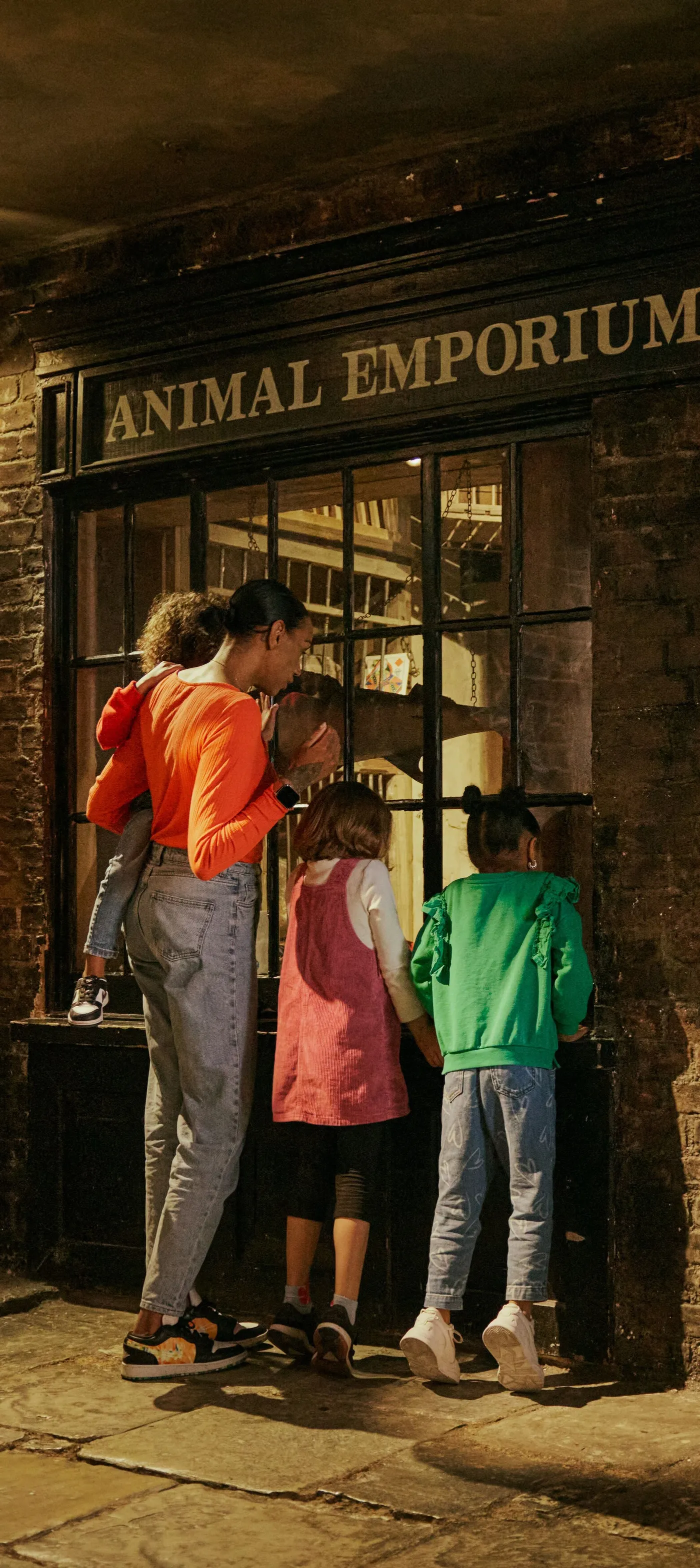London’s medieval buildings
What did medieval London look like? After centuries of destruction and development in the capital, including the widespread damage caused by the Great Fire of London in 1666, few buildings from this period have survived. Those that did – among them churches, halls and fortresses – give us rare glimpses of London between 1000 and 1500.
Across London
1000–1500

Westminster Hall
Westminster Hall is almost the only part of the ancient Palace of Westminster that survives in its original form. Some walls date from when King William II first built the hall in 1097–1099. At 73 metres long by 20 metres wide, it was the largest in the country at that time. It remained a symbol of the monarch’s power and the seat of government and law.

St Ethelburga’s Bishopsgate
This tiny medieval church, built around 1400, survived the Great Fire of 1666 and the Blitz, but was badly damaged by an Irish Republican Army (IRA) bomb in 1993. It was rebuilt to look as it was before. It’s now a Centre for Reconciliation and Peace.

The Tower of London
Royal fortress, armoury, menagerie, prison, place of execution and home of the Crown Jewels and the Royal Mint – the Tower has a long history. William the Conqueror built the central White Tower as a fortress in the 1080s. In the 1200s, King Henry III and his son Edward I expanded its defences with new towers, a great hall and lodgings.
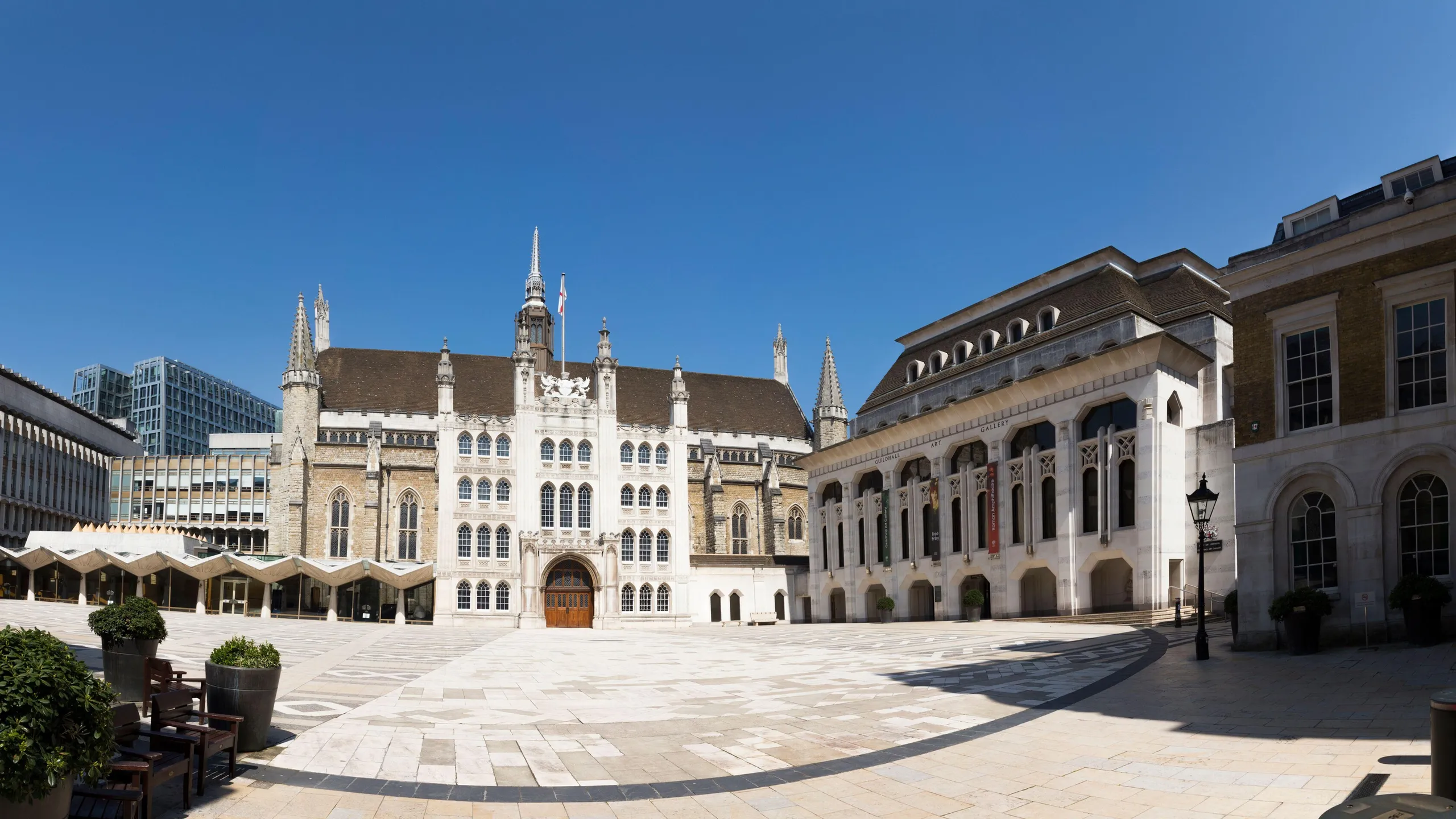
The Guildhall
Many elements of the original architecture survive in the Guildhall, the centre of government for the City of London. The Great Hall – featuring huge Gothic stained-glass windows – dates mostly from the 1400s. Underneath lies the largest surviving medieval crypts in London. And you can see original masonry behind the 18th-century southern entrance.

St Bartholomew the Great
This City of London church was founded by an Augustinian monk in 1123, along with the nearby St Bartholomew’s Hospital. The church has been damaged, rebuilt and restored over the centuries. But it remains a magnificent example of medieval architecture, featuring Gothic high pointed arches and surviving 13th-century clerestory windows.

Westminster Abbey
England’s most famous church has been the site of royal coronations, ceremonies and burials since William the Conqueror in 1066. The building we see today, with its towering vaulted ceilings, dates back to the 1200s when King Henry III rebuilt the abbey in a Gothic style.

St Giles Cripplegate
One of the City of London’s last remaining medieval churches sits within a modern Brutalist icon: the Barbican estate. Constructed in 1090, the name Cripplegate refers to one of the gates of the Roman London wall. The church has been damaged by fire three times in its history and was restored in the 1960s.

The Charterhouse
The Charterhouse was built as a monastery in 1370 on an Islington burial ground for victims of the Great Pestilence (or the Black Death). In 1537, during the English Reformation, the monastery was brutally closed and converted into a Tudor mansion used by the wealthy. It became an almshouse in 1611 and still provides housing for older people in need today.


